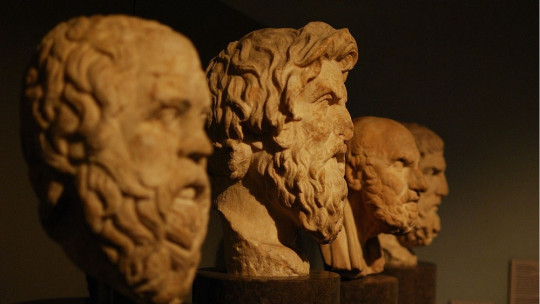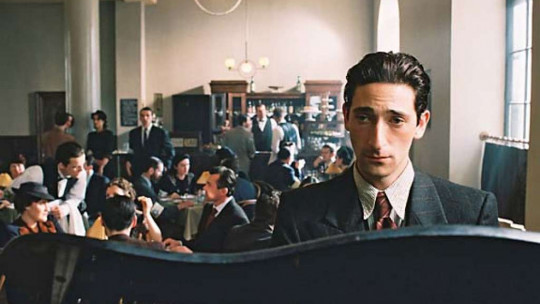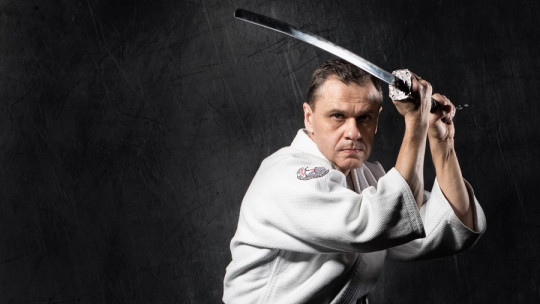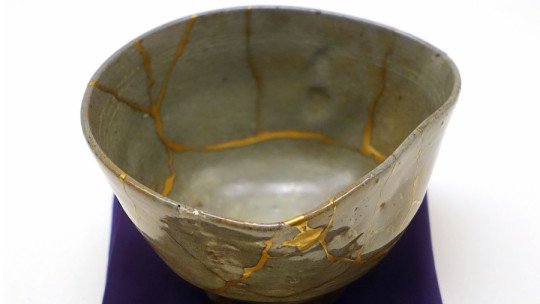
If there is a characteristic that distinguishes the East from the West, it is the lack of hurry. At least, in the most genuine East, not the one that has already been contaminated by the consumerist and productive fever of the Western world. Thus, in Japanese culture we find an important philosophy based on acceptance and resilience, which, for five centuries, the Japanese have translated into one of their most recognized arts: Kintsugi.
What does this centuries-old art consist of? What relationship does it have with the Eastern perception of existence? In today’s article we tell you what it consists of. Kintsugi, the art of repairing objects that is an example of the psychology of resilience in Japanese culture.
Kintsugi: the art of repairing objects that dazzled a feudal lord
Kintsugi is a tradition that dates back to none other than Japan in the 15th century. They say that a shogun (a feudal lord) sent his two favorite teacups to China because they had been broken and the dignitary trusted that his neighbors could put the objects back together so that the breakage would not be noticeable. That is, as if the coup had never existed.
However, when the emissaries returned with the two cups, the shogun noted with horror that the pieces had been crudely joined together with hideous staples. Not only were the precious cups clearly broken, but the result was a decidedly unsightly artifact.
The feudal lord had no choice but to ask some Japanese craftsmen to take care of the repair. His surprise was great when the artisans brought him, after a few weeks, the two small cups gracefully set in a fine golden lacquer. The final result did not hide the breaks, but gave them a unique beauty which the shogun would never have imagined finding in two broken cups.
The beauty of scars
Tradition has it that, since then, Japanese artisans have worked hard to perfect the Kintsugi technique. The word means repair or golden carpentry in Japanese, and refers to the beautiful golden veins that remain in broken objects after their restoration.
This concept is very far from the Western idea of reparation. When we, in the West, want to repair something that has been broken, what we want is for no trace of the breakage to remain. In other words, nothing to indicate that that object suffered an accident and broke.
Japanese Kintsugi bases its philosophy on a very different idea: the idea that the damage caused by the onslaught of life is not something shameful that the person should hide. For this reason, objects restored with Kintsugi proudly display their scars, which have also been reborn with a unique beauty.
The result is so spectacular that many objects increase in value after passing through a Kintsugi artisan, and become worth more than before they were broken. A true metaphor for life: wounds are also beautiful, because they speak of your resistance and your tenacity. What’s more, Through the scars, you become a new personmuch wiser, much more authentic and, therefore, much more beautiful.
How are broken objects repaired with Kintsugi?
This centuries-old technique requires time and patience. In reality, it is another symbol of life: if you want to run, if you are in a hurry, nothing will work out for you. You must stay calm and walk slowly, step by step, in search of your goal, regardless of the obstacles you encounter along the way.
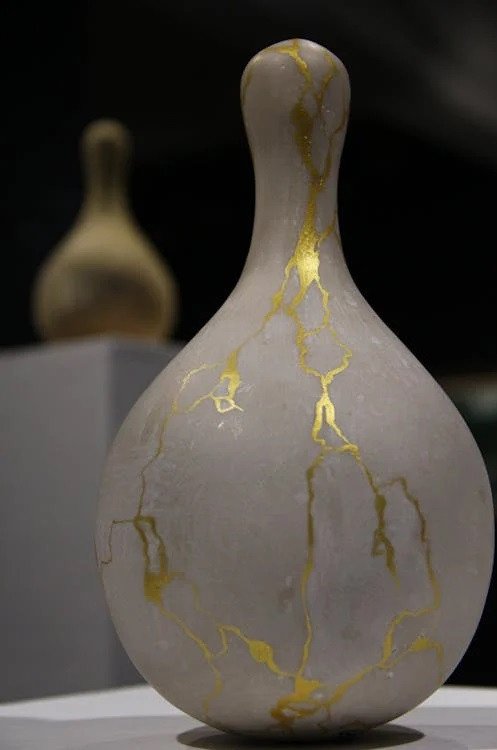
An object repaired with the Kintsugi technique can take weeks or even months to be ready. This is because The lacquer used to fill the cracks that form once the pieces are reassembled takes a long time to dry properly..
Specifically, it is the resin of the lacquer tree, which the artisan mixes with gold, silver or platinum powders and then carefully applies to the object with a brush called kebo. The result is an absolutely renewed object, brought back to life with an extraordinary and unprecedented beauty.
The imperfect is beautiful
We thus see that behind the Kintsugi technique lies a philosophy of life that advocates unconditional self-love. Your flaws don’t matter, your scars don’t matter: Your value does not decrease with the blows that life deals you. No, on the contrary: it is still intact, like when you were born.
Not only that; Every blow, every scar, is an opportunity to reinvent yourself and bring out the best in you. In the same way that the object beautifies with the repair to which the craftsman subjects it, the person can become more beautiful (morally speaking) if he accepts his wounds and does not resign himself to destruction. It is about seeing the imperfect as something genuinely beautiful, something that, of course, in the West we are not used to.
The Western philosophy of productivity and the constant search for perfection entails a emptiness and loneliness that sickens the individual and society. We quickly get rid of what is broken, what is no longer useful; It seems that “utility” is the only thing on which we base the value of something (even people). How many of us have dedicated ourselves to fixing our broken mug if it has accidentally fallen to the floor? We’re much more likely to head to the store and pick up a new mug…
Conclusions
Kintsugi is one of the most admired and valued techniques in Japan. Not only because it results in objects of great beauty (often more coveted than before they were broken) but also because it is a reflection of the psychology of Japanese resilience, according to which, the obstacles and wounds that these leave us are not They are more than possibilities to find a new beauty in ourselves. And perhaps, as with Kintsugi objects, we like our scars better.




